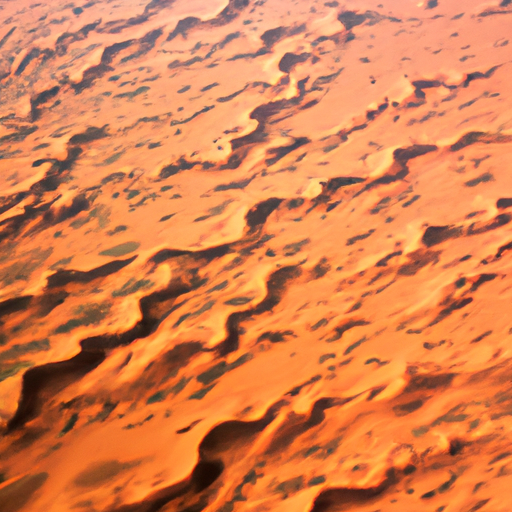Exploring the Dominant Terrain in Southwest Asia: What is the Most Common Landform?
Southwest Asia, also known as the Middle East, is a region rich in diverse landscapes and geographical features. From vast deserts to towering mountain ranges, this part of the world offers a breathtaking array of landforms. However, when it comes to identifying the most common landform in Southwest Asia, one particular feature stands out: the desert.
Deserts cover a significant portion of Southwest Asia, making them the dominant landform in the region. These arid landscapes are characterized by their extreme dryness, scarcity of vegetation, and unique geological formations. The Arabian Desert, located in the Arabian Peninsula, is the largest desert in Southwest Asia and one of the most iconic deserts in the world.
The Arabian Desert stretches across several countries, including Saudi Arabia, Yemen, Oman, and the United Arab Emirates. Its vast expanse covers approximately 2,330,000 square kilometers, making it a prominent feature in the region’s geography. The desert is known for its towering sand dunes, rocky plateaus, and occasional oasis, providing a stark and captivating contrast to the surrounding landscapes.
The Arabian Desert experiences scorching temperatures during the day and chilly nights, with minimal rainfall throughout the year. These harsh conditions have shaped the unique ecosystem found within the desert, where only the most resilient plant and animal species can survive. Camels, desert foxes, and various reptiles are among the few creatures that have adapted to this challenging environment.
Apart from the Arabian Desert, other notable deserts in Southwest Asia include the Syrian Desert, the Negev Desert, and the Rub’ al Khali, also known as the Empty Quarter. Each desert has its own distinct characteristics, but they all share the common traits of aridity and sparse vegetation.
The dominance of deserts in Southwest Asia has had a significant impact on the region’s culture, history, and economy. Nomadic tribes, such as the Bedouins, have traditionally roamed these deserts, relying on their intimate knowledge of the land for survival. Today, many countries in the region have embraced the unique beauty and tourism potential of their deserts, offering visitors the opportunity to experience camel rides, desert safaris, and traditional Bedouin hospitality.
In conclusion, the most common landform in Southwest Asia is the desert. These arid landscapes, such as the Arabian Desert, cover vast areas of the region and are characterized by extreme dryness and unique geological formations. The dominance of deserts in Southwest Asia has shaped the culture, history, and economy of the region, making them an integral part of its identity. So, if you’re planning a trip to Southwest Asia, don’t miss the chance to explore these mesmerizing deserts and witness their awe-inspiring beauty firsthand.




